In the verdant landscapes of Kerala, nestled amidst the serene surroundings of Kodungallur, stands a testament to the rich tapestry of Islamic heritage – the Cheraman Juma Mosque. Steeped in legend and lore, this mosque holds a revered place not only in the hearts of the local Muslim community but also in the annals of history.
Origins and Legends
Legend has it that the Cheraman Juma Mosque traces its origins back to the 7th century, making it one of the oldest mosques in the Indian subcontinent. The story revolves around Cheraman Perumal, the Chera king of Kerala, who, inspired by a dream, embraced Islam during the time of Prophet Muhammad. His dream of the moon splitting into two halves led him to seek guidance from Arab traders visiting his kingdom. Impressed by his sincerity, they are said to have helped him construct the mosque, making it a symbol of his newfound faith.
Architecture and Design
The Cheraman Juma Mosque's architecture reflects a fusion of traditional Indian and Islamic styles, showcasing intricate woodwork, graceful arches, and ornate calligraphy. The prayer hall, with its spacious interior and rows of wooden pillars, exudes a sense of tranquility and reverence. The central courtyard, flanked by minarets and adorned with lush greenery, serves as a focal point for communal gatherings and spiritual contemplation.
.jpeg)
Builders and Significance
While the exact builders of the Cheraman Juma Mosque remain a subject of speculation, historical accounts attribute its construction to Arab traders or early Muslim settlers in Kerala. Regardless of its origins, the mosque holds immense significance as a symbol of the enduring legacy of Islam in the region and a testament to Kerala's multicultural heritage.
Location and Importance
Situated in Kodungallur, formerly known as Muziris, the Cheraman Juma Mosque occupies a strategic location along the ancient Spice Route. Its proximity to the sea and bustling trade routes underscores its historical importance as a center of trade, culture, and religious exchange. The mosque's location also serves as a reminder of Kerala's vibrant history of maritime trade and cultural assimilation.
Role in Muslim Society and Islam
Beyond its architectural splendor, the Cheraman Juma Mosque plays a vital role in Kerala's Muslim society as a place of worship, learning, and community gathering. It serves as a spiritual anchor for the local Muslim population, fostering a sense of unity, belonging, and religious devotion. Moreover, the mosque serves as a symbol of religious tolerance and coexistence, reflecting Kerala's ethos of pluralism and cultural diversity.
Reflection and Action
As we reflect on the rich history and profound significance of the Cheraman Juma Mosque, let us also recognize the importance of preserving and celebrating our cultural heritage. In an increasingly globalized world, it is imperative that we cherish and safeguard the architectural treasures and cultural landmarks that connect us to our past and shape our collective identity.
The Cheraman Juma Mosque stands as a testament to the enduring spirit of faith, resilience, and cultural exchange. As visitors flock to its hallowed halls, let us not only marvel at its architectural splendor but also ponder the timeless lessons it imparts – of tolerance, understanding, and unity in diversity. May it continue to inspire generations to come and serve as a beacon of hope and enlightenment for all who seek solace within its walls.



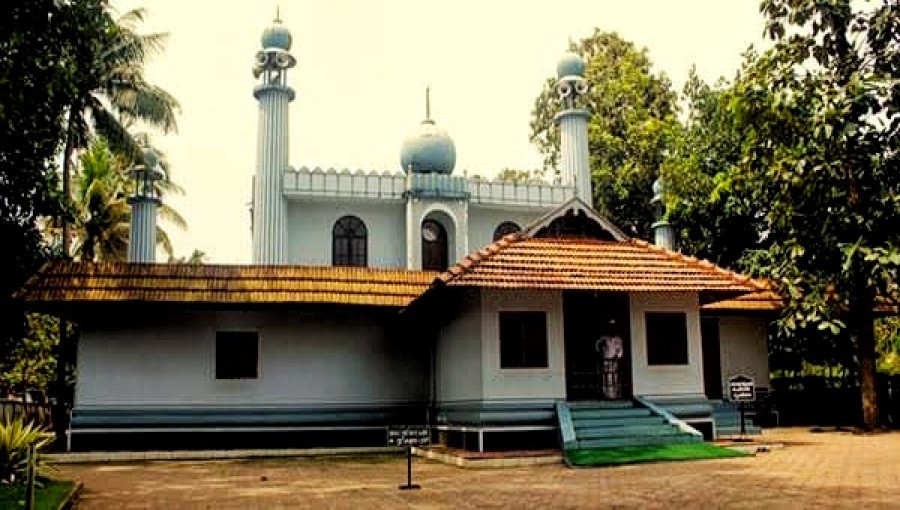
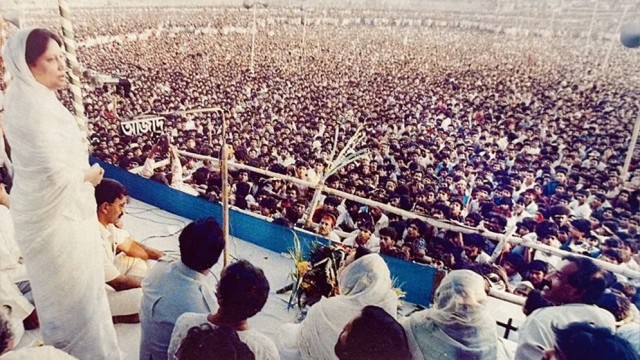
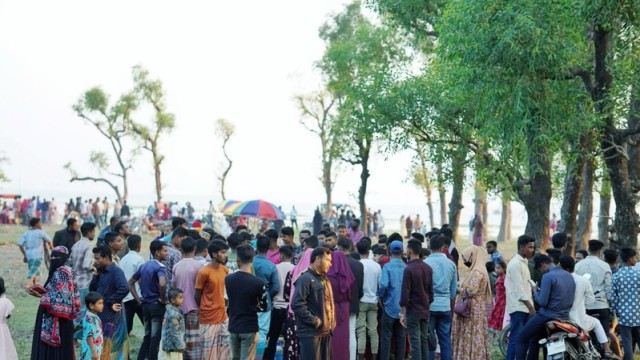


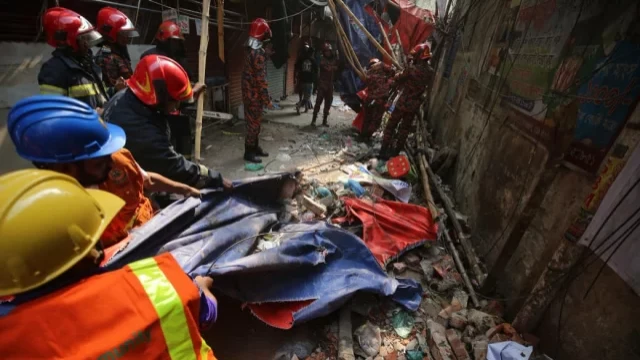
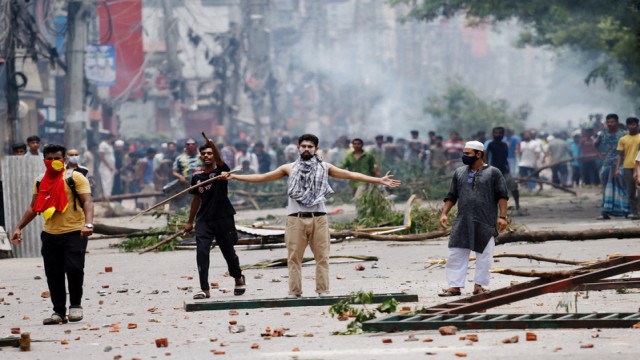
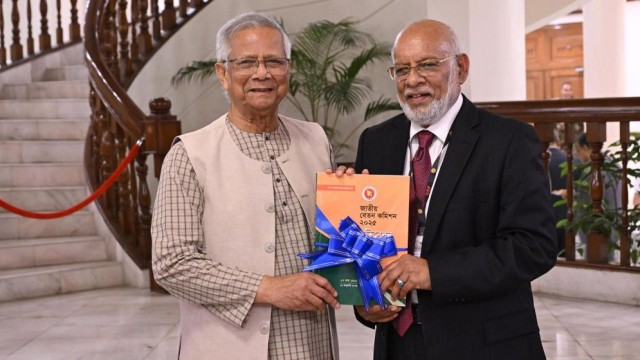
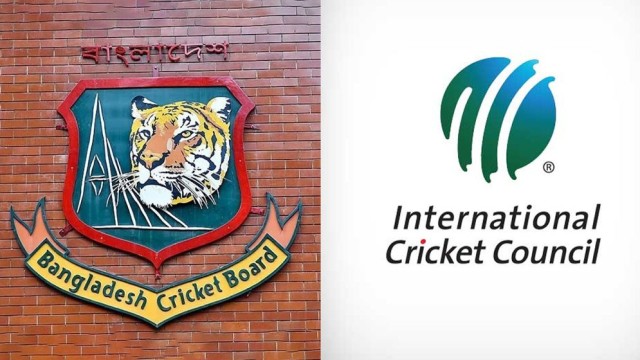


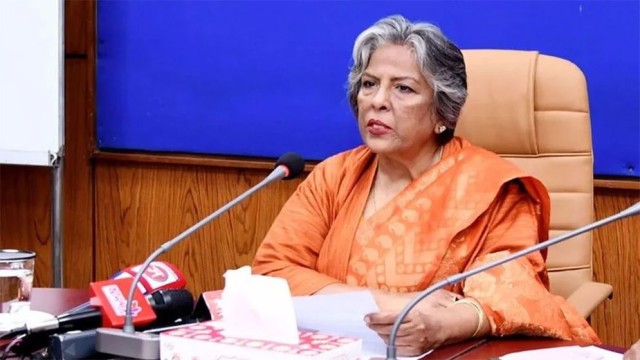
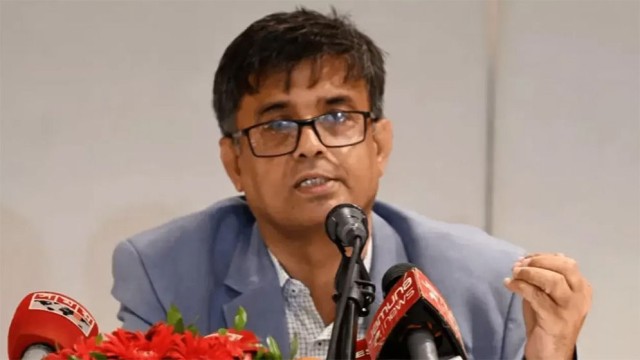

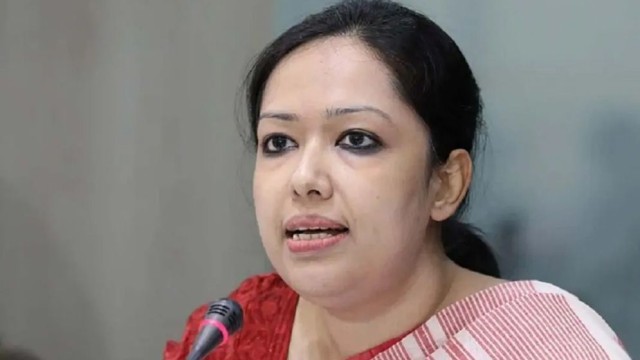
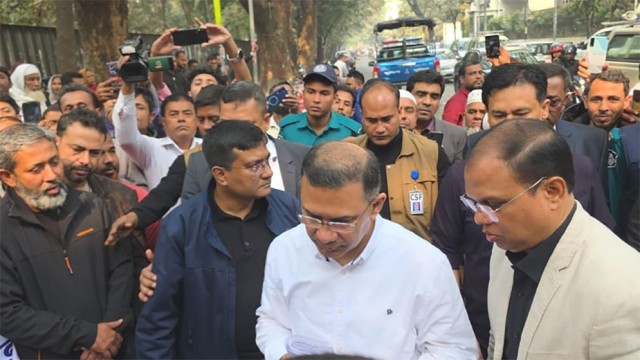








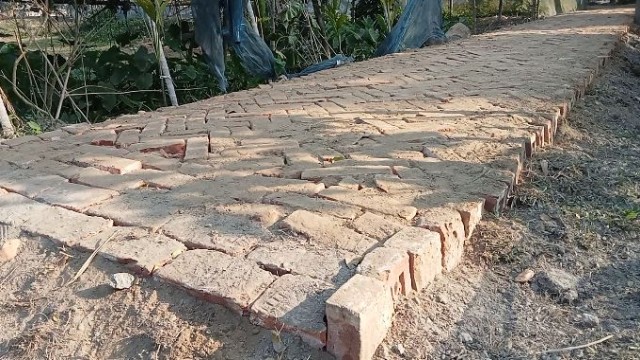



Comment: